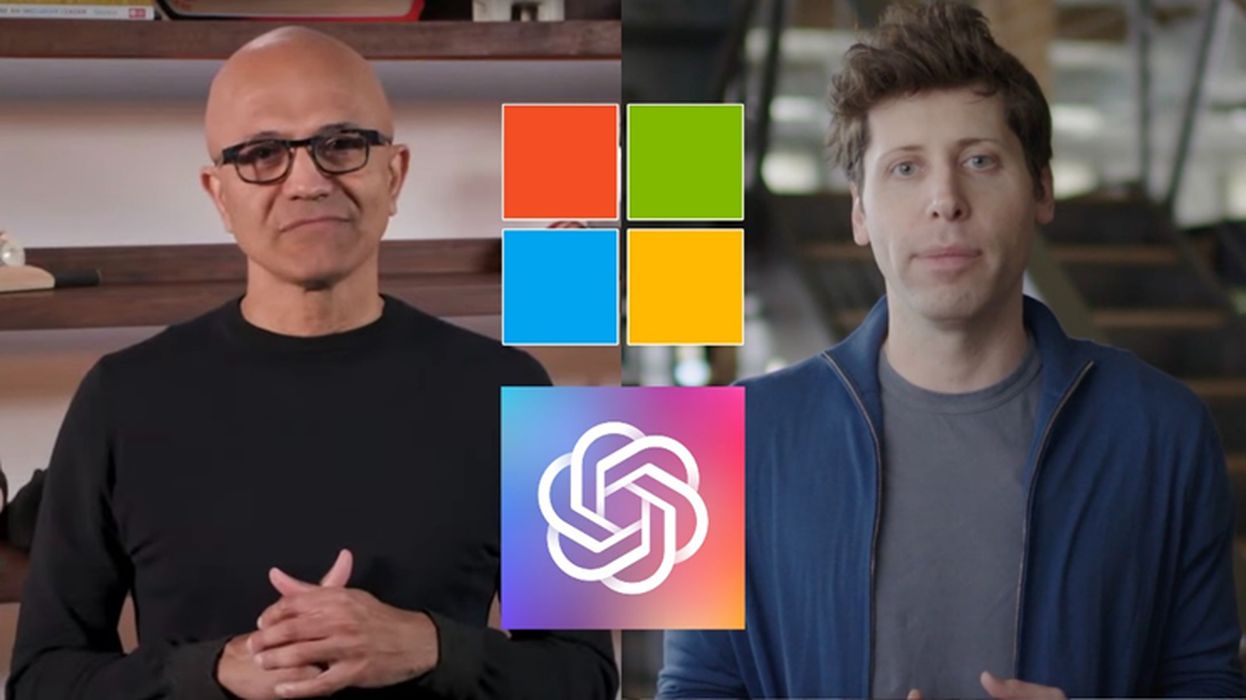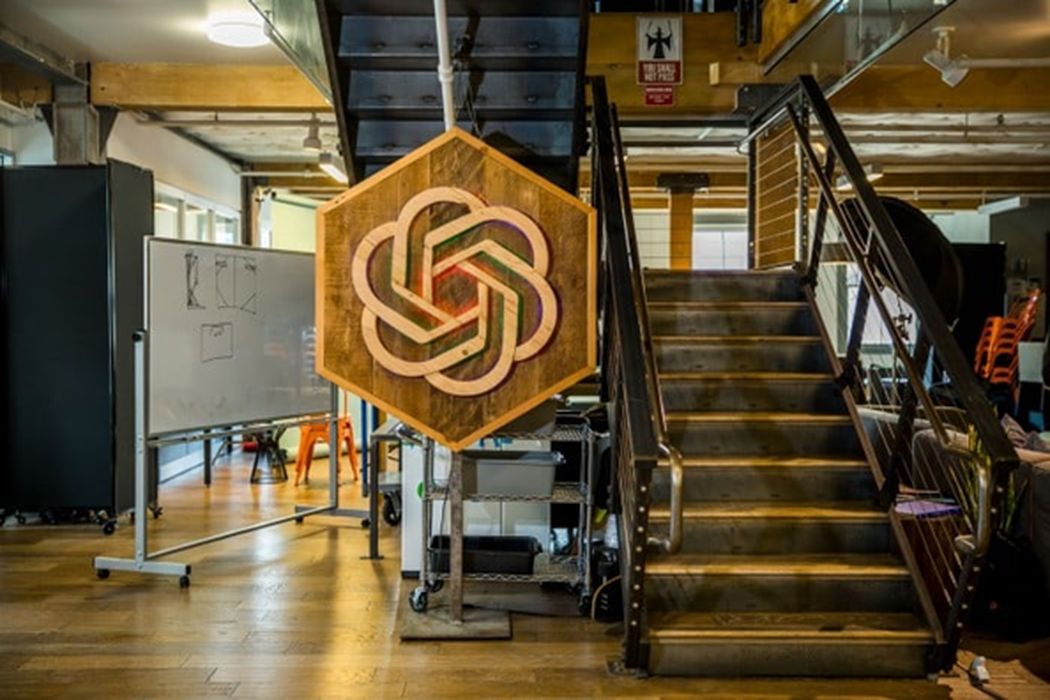
Charles R. Goulding and Preeti Sulibhavi look at recent developments in AI.
New AI capability with the November 2022 release of the startup company OpenAI’s ChatGPT has become the talk of the town in recent months. After the initial release, Microsoft recently announced a third investment in OpenAI that is rumored to be in the US$10B range. Google has gone on “red alert” after recognizing the competitive threat.
On February 1st, 2023, it was announced that Google is testing ChatGPT’s competition, “Bard”, which is now available in a limited release.
Software bots are software applications that automate tasks and OpenAI, and its peers automate a meaningful portion of white-collar business creative processes once a relevant inquiry is framed. It’s clear that new AI applications are going to result in the restructuring of many creative jobs.

The uses that will benefit 3D printing companies along with many other businesses include:
- Research and white papers
- Advertising copy
- Articles and blogs
- Tech and repair manuals and many other functions
It is important to realize that the AI-produced results will need human review and editing to ensure accuracy. The way an inquiry is framed can result in an entirely different analysis and there are reported instances of ‘hallucinated’ facts. Critical technical inquiries will need to be framed by machine-learning language experts. Sam Altman, the CEO of OpenAI, has been forthright.

“It’s far from perfect and the results are not always clear.” However, it is a good way to take a first cut on a substantive topic and generate a base working draft.
Multiple members of our firm have experimented with the technology and been impressed with the results despite some of the noted limitations.
The Research & Development Tax Credit
The now permanent Research and Development (R&D) Tax Credit is available for companies developing new or improved products, processes and/or software.
3D printing can help boost a company’s R&D Tax Credits. Wages for technical employees creating, testing and revising 3D printed prototypes can be included as a percentage of eligible time spent for the R&D Tax Credit. Similarly, when used as a method of improving a process, time spent integrating 3D printing hardware and software counts as an eligible activity. Lastly, when used for modeling and preproduction, the costs of filaments consumed during the development process may also be recovered.
Whether it is used for creating and testing prototypes or for final production, 3D printing is a great indicator that R&D Credit eligible activities are taking place. Companies implementing this technology at any point should consider taking advantage of R&D Tax Credits.
Conclusion
The OpenAI application has startled the world, and its impact on executive workers’ job tasks has yet to be seen.
